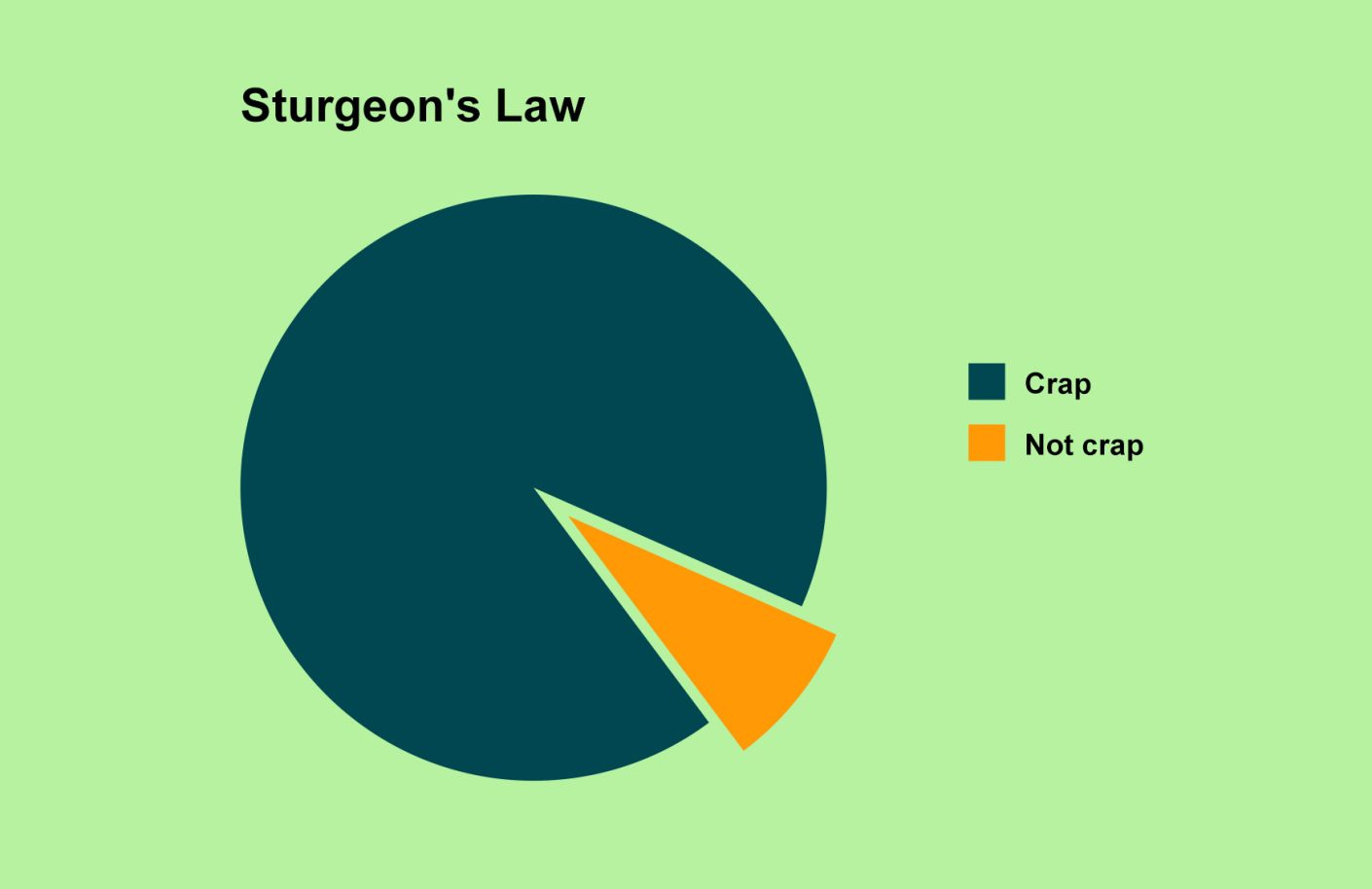Blog
Getting to ideas that spark: parameters of successful ideation
Turn chaos into meaningful innovation with these four building blocks for successful ideation.


Sarah Van Oerle
19 September 2024
5 min read
Ever felt like a brainstorming session turned into a storm in a teacup? You’re not alone. Ideation often starts with a burst of enthusiasm but can quickly lose momentum when lacking a solid foundation. It’s like trying to build a house without a blueprint – chaotic and ineffective. To unlock real innovation, you need more than raw creativity; you need a solid foundation rooted in consumer insights. Add to that a balanced process of divergent and convergent thinking, and you’ve got the recipe for driving meaningful co-creation and innovation.
Insight at the core
“If I had an hour to solve a problem, I’d spend 55 minutes thinking about the problem and 5 minutes thinking about solutions.” Einstein’s words highlight a crucial point in any innovation effort: a clear understanding of the consumer friction is essential before exploring the solution space. After all, how can you find a solution if you haven’t clearly defined the problem?
Successful innovation starts by defining the problem – the underlying friction or need – and translating this into a powerful consumer insight. A strong insight can drive innovation across every facet of a brand – product, service, communication, and consumer activation. The key is identifying and selecting those insights that will form the cornerstone of your creative ideation journey. But what makes a good insight? In essence, an insight is a single-minded statement written in consumer language that reflects a need or desire. It’s something real and recognisable, yet not immediately obvious.
A successful insight has three key elements:

- It’s me: A strong insight must be relevant. Consumers need to identify with it, either personally or through their peers.
- Aha!: A good insight isn’t immediately obvious – it should bring to light a latent truth that people only realise when they hear it. It reveals the familiar in a fresh, engaging way.
- Emotion: Whether solving a friction or fulfilling a desire, a strong insight stirs emotions. People should feel excitement about the solution it unlocks.
Despite how fundamental insights are, many creative ideation efforts miss the mark because they don’t start from a validated insight. Our research shows that concepts rooted in strong insights perform 40% better than those without. Immersing yourself in the consumer’s reality is thus essential to uncovering insights that fuel real innovation. The stronger the insight, the greater the business potential. For Fanta, for example, we tapped into teen’s lives to fuel the brand’s innovation funnel, leading to disruptive, new concepts. The process began with insights into teens’ preferences, gathered through secondary research and our in-house expertise on Gen Z. These insights guided an iterative, four-step innovation approach. First, we engaged both internal stakeholders and external creators in creative crowdsourcing, generating 140 creative ideas. These ideas were refined during a two-day workshop, resulting in 21 disruptive concepts. The final step involved 172 teens from Poland and Romania, who evaluated and fine-tuned the concepts through an online community. In just 10 weeks, Fanta successfully transformed insights into out-of-the-box, validated concepts, fuelling their innovation pipeline with teen-approved concepts.
AI can also play an important role in enhancing the depth of insights that creatives rely on. With AI-powered insight reframing, we can explore consumer insights from multiple angles, revealing deeper motivations and needs. Our ‘Insight Reframing Canvas’ sharpens this process, ensuring insights are clear, impactful and ready for creative teams to build upon.
When rooted in strong insights, creative ideation is no longer just about generating ideas – it’s about sparking meaningful innovation that connects with consumers and drives business results.
Balancing divergence and convergence
During the divergent stage, the goal is to generate a high volume of ideas – because more ideas mean more opportunities for breakthrough solutions. This phase is governed by ‘Sturgeon’s Law’, which states that 90% of everything is ‘crap’, including many user-generated ideas. The key is to embrace this volume approach, knowing that while the majority of ideas may not be groundbreaking, the remaining 10% has the potential to be exceptional. In this convergent stage, AI tools can also play a role in fuelling the ideation funnel. Our ‘Unexpected Ideation Canvas’, for instance, leverages proven creativity techniques through AI – thereby contributing to the volume of ideas.

However, generating ideas is only the beginning. The convergent phase is where the magic happens. It’s not enough to have a plethora of ideas; time and resources must be dedicated to meticulously selecting, prioritising and refining them. The goal here is to sift through the initial wave of creativity to identify and refine the most promising ideas. This process involves testing ideas against real-world consumer needs and market realities to ensure they resonate and deliver value. As exciting as the initial eureka moment may be, its true worth is determined by its viability and impact, making convergence an essential counterpart to divergence in driving meaningful innovation.
Sustainable diversity
The ‘diversity trumps ability’ theorem states that a diverse group of problem solvers can outperform even the most skilled individuals. This is a key reason behind the success of crowdsourcing platforms like Google’s Crowdsourcing app, which taps into the collective wisdom of its users to improve products and services. By leveraging the diverse perspectives of its community, Google efficiently solves business challenges, harnessing the full power of consumer input.
When rallying around business challenges, great power lies in involving a truly diverse set of people. This also goes for creative ideation initiatives. Diversity is essential. But it’s not enough to simply gather a diverse group; it’s also about maintaining that diversity throughout the process. When people come together, they often either polarize by highlighting their differences or reach consensus by downplaying them. In both cases, the richness of diversity fades. To preserve it, relative isolation and rotation are key. This is also the reason why one must avoid working with fixed groups in ideation workshops. It is essential that people get individual thinking time and continuously rotate groups and people.
This principle also underpins our approach to creative crowdsourcing with our proprietary eÿeka network. Eÿeka brings together creators from a variety of backgrounds, offering fresh perspectives. To sustain this diversity, creators work individually, without seeing other submissions. However, when confidentiality allows, we offer a ‘feedback circle,’ where creators can review 50% of the ideas and provide feedback. This exchange fosters learning without influencing creativity during the contest. By carefully managing diversity, eÿeka consistently delivers 35 to 100 unique, well-developed ideas per challenge.
Motivation beyond money
Why do people engage in creative ideation challenges? It’s often not about the money. While financial rewards may play a role, they’re rarely the primary driver. Instead, participants are motivated by a desire to see product improvements, gain knowledge or help a brand they care about.
Take, for example, platforms like LEGO Ideas, where passionate fans submit new product ideas for the chance to see their designs turned into official sets. Participants are motivated by the joy of creating something they love, sharing their innovations with a global community and building a reputation within the fanbase. This sense of purpose and community fuels creativity and innovation, much like what happens with in-house innovation initiatives. People are driven by a passion to push boundaries, learn, and contribute to something meaningful. This intrinsic motivation explains why crowdsourcing initiatives thrive; they allow individuals to leverage their skills and passions in ways that earn them respect and foster a sense of accomplishment.
In the same way that a house needs a blueprint, successful ideation requires a strong foundation built on consumer insights. Without it, the creative process can quickly lose direction. By incorporating creative crowdsourcing into your creative ideation efforts, you fuel the process with diverse, fresh ideas. Balancing creativity with structure is key to driving innovation that truly resonates with consumers. So, the next time you brainstorm, remember: a solid blueprint will turn that storm of ideas into a strategy for real impact.
Ready to do what matters?
Let’s connect